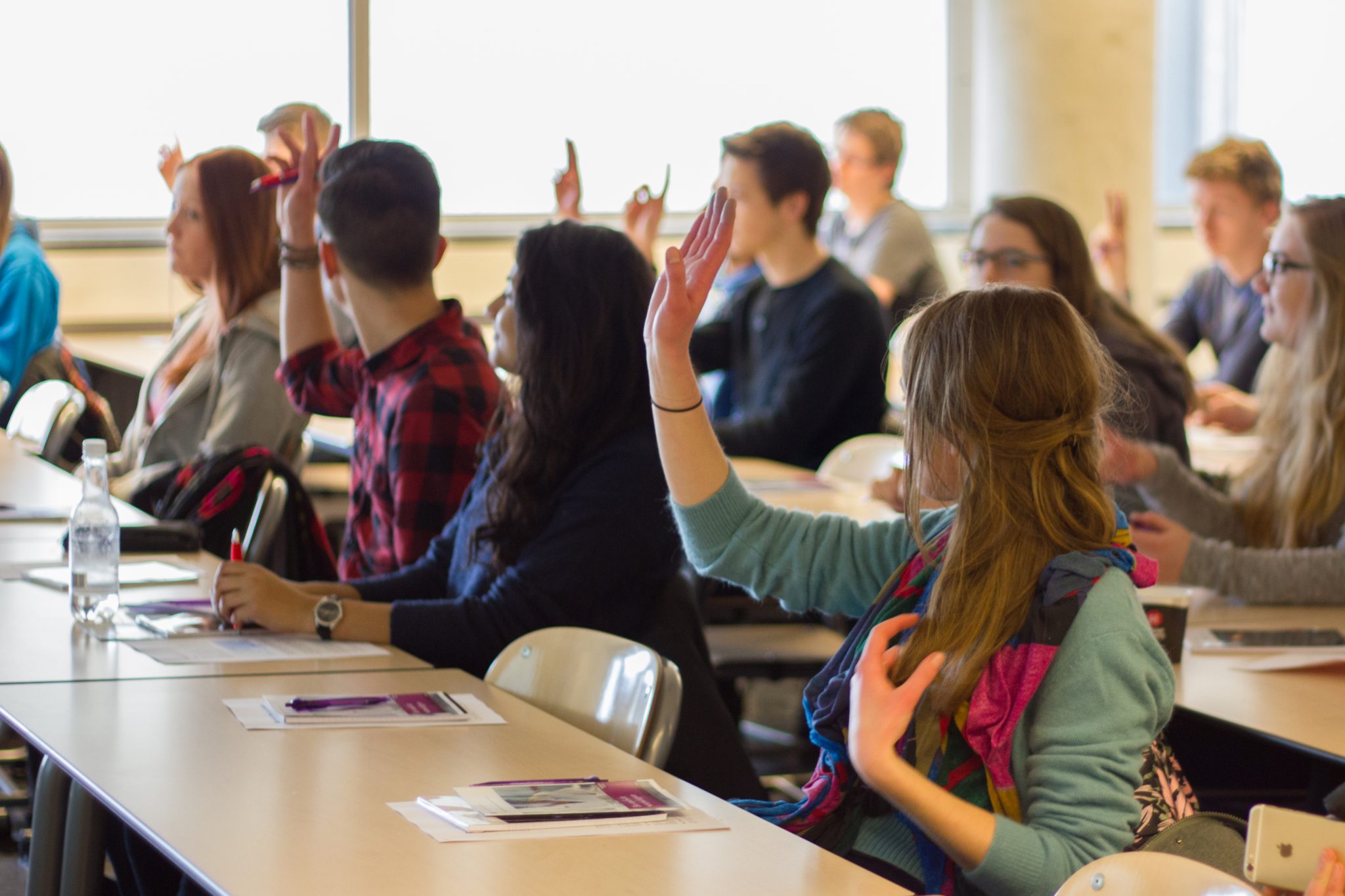
Active Learning: the concept
What is active learning?
Some would argue that all learning is active. And indeed, learning as a cognitive process requires activity on the part of the learner. However, in order to help students to engage in higher order thinking (see also the taxonomy of Bloom), they must engage in tasks such as analysis, evaluation and creation. Following Bowel and Eisen (1991, p. 5), one could argue that “strategies promoting active learning be defined as instructional activities involving students in doing things and thinking about what they are doing
Students sit down in a lecture, write down what’s being said, but they’re not really engaged with the material.
Dr. Janet Rankin
Director Teaching & Learning Lab MIT
Active Learning & Constructivism
Active learning implies that students are actively involved during course activities, for instance by enabling them to participate in building knowledge and think critically about learning opportunities offered by their teacher. A central tenet of active learning is that students take responsibility for their learning process, and that teachers facilitate and enable their learning process. Theoretically, active learning is derived from constructivism that sees learning as an active process whereby learners construct knowledge and meaning from their experiences. Within this approach the focus lies on the learner rather than on the subject or lesson to be taught. Furthermore, there is no knowledge outside of the the meaning given to experience (constructed) by the learner (Hein, 1991).
Benefits of active learning
Some of the benefits described in literature on active learning include:
- Students learn more when they are actively involved than when they passively receive information of a lecturer.
- Active learning allows students to develop their higher order cognitive processes skills (see Bloom’s taxonomy).
- Students feel more ownership and responsibility over their learning when they are playing an active role in it
- Active learning leads to better student attitudes
A short introduction on active learning
Literature
Bonwell, C. C., & Eison, J. A. (1991). Active Learning: Creating Excitement in the Classroom. 1991 ASHE-ERIC Higher Education Reports. ERIC Clearinghouse on Higher Education, The George Washington University, One Dupont Circle, Suite 630, Washington, DC 20036-1183.
Prince, M. (2004). Does active learning work? A review of the research. Journal of engineering education, 93(3), 223-231.
Settles, B. (2009). Active learning literature survey. University of Wisconsin-Madison Department of Computer Sciences.








